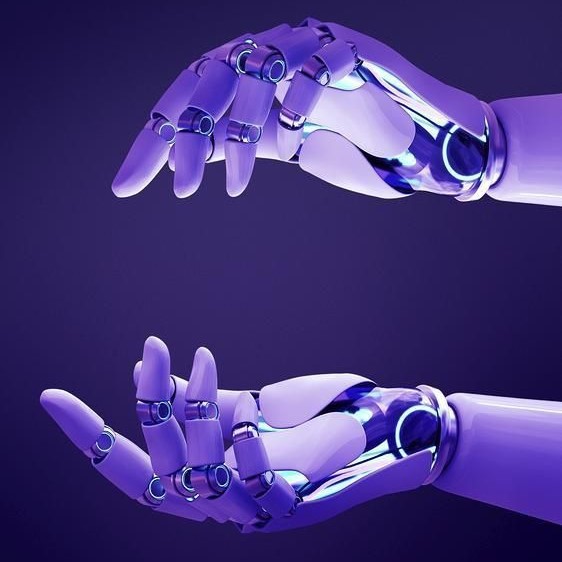What are AI agents?
An artificial intelligence (AI) agent is a software program designed to interact with its environment, gather data, and use that data to perform tasks aimed at achieving predefined goals. While humans set these goals, the AI agent autonomously decides the best actions to take in order to meet them. For instance, an AI agent in a call center can handle customer inquiries by asking relevant questions, searching internal documents for information, and providing solutions. Depending on the customer’s responses, the AI agent can determine whether it can resolve the query on its own or if it needs to escalate it to a human representative.
How do AI agents work ?
AI agents are systems designed to autonomously perform tasks by interpreting data from their environment, making informed decisions based on that data, and executing actions to achieve specific goals. These agents operate using predefined algorithms and machine learning models, which empower them to learn and adapt over time. By continuously processing and analyZing new information, AI agents can refine their decision-making processes and improve their performance. Additionally, they can handle complex tasks, ranging from simple automation to sophisticated problem-solving, across various domains such as healthcare, finance, customer service, and more.
Types of AI agents :
Agents in Artificial Intelligence can be categorized into different types based on how their actions affect their perceived intelligence and capabilities. Here are the main types of AI agents with detailed explanations and examples:
1. Simple Reflex Agents
Simple reflex agents operate based on the current percept and predefined rules. They do not consider past percepts, which limits their ability to handle complex situations.
Example:
– Thermostat: A thermostat adjusts the heating or cooling system based on the current temperature reading. If the temperature falls below a set threshold, it activates the heater. If the temperature rises above the threshold, it turns off the heater. The thermostat’s actions are based on a simple condition-action rule: “If cold, then heat.”
2. Model-Based Agents
Model-based agents maintain an internal model of the world, which helps them handle partially observable environments. This model allows the agent to keep track of the state of the world and make decisions based on both current and past percepts.
Example:
– Self-Driving Cars: These cars use sensors (cameras, LIDAR, radar) to perceive their environment and maintain an internal map. They use this map to navigate, avoid obstacles, and make driving decisions. For instance, if a car in front suddenly slows down, the self-driving car uses its model to predict traffic conditions and adjust its speed accordingly.
3. Goal-Based Agents
Goal-based agents act to achieve specific goals. They plan sequences of actions that lead them to their goals and evaluate the desirability of different outcomes to make decisions.
Example:
– Chess Programs: Programs like IBM’s Deep Blue play chess by evaluating potential moves and their consequences. The goal is to checkmate the opponent’s king. The program considers various moves and chooses the one that brings it closer to achieving this goal.
4. Utility-Based Agents
Utility-based agents aim to maximize their performance measure, known as utility. They evaluate the desirability of different states and choose actions that lead to the highest expected utility.
Example:
– Automated Trading Systems: These systems analyze financial data to make trades that maximize profit. They consider factors like market trends, historical data, and economic indicators to evaluate the utility of different trading actions and make decisions accordingly.
5. Learning Agents
Learning agents improve their performance over time by learning from their experiences. They start with basic knowledge and refine their behavior based on the outcomes of their actions.
Example:
– **Recommendation Systems:** Platforms like Netflix and Amazon use learning agents to recommend movies or products. The system learns from user interactions (e.g., watching a movie or purchasing a product) and improves its recommendations based on patterns in user behavior.
6. Hierarchical Agents
Hierarchical agents use a multi-layered approach to decision-making, where higher-level goals guide lower-level actions. This structure allows for more complex and organized behavior.
Example:
– Sophisticated Robotics: Advanced robots, such as those used in manufacturing or healthcare, often use hierarchical agents. For instance, a robotic arm in a factory might have a high-level goal of assembling a product. This goal is broken down into sub-tasks like picking up parts, assembling components, and quality checking, with each sub-task handled by different levels of the hierarchy.
Article writer: Dana Malkawi

